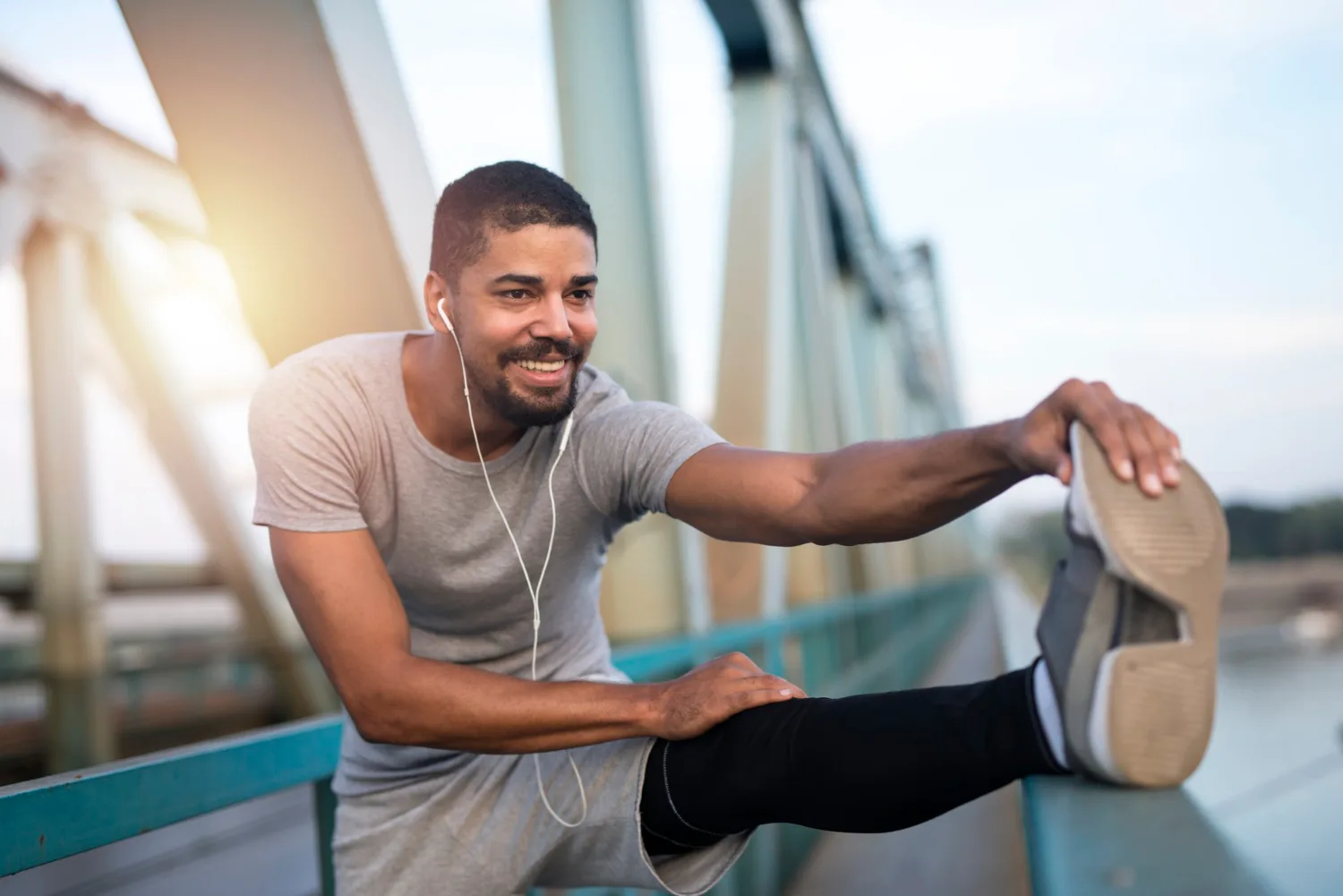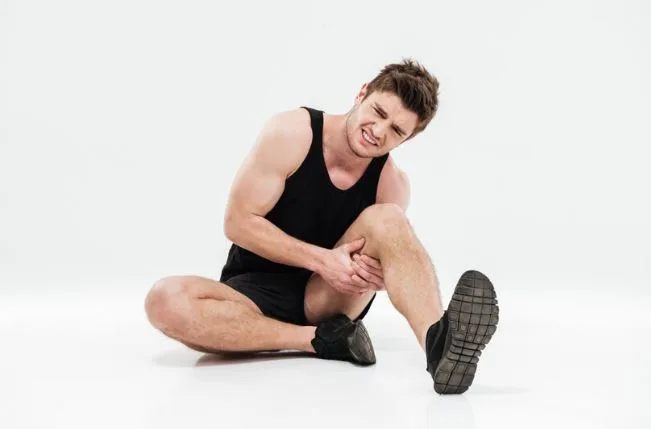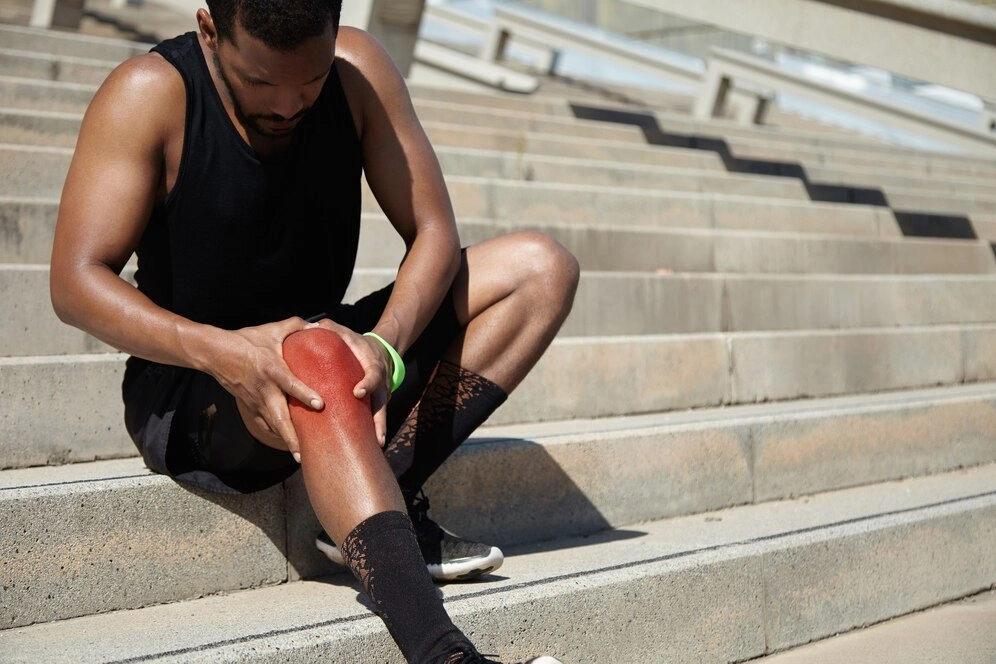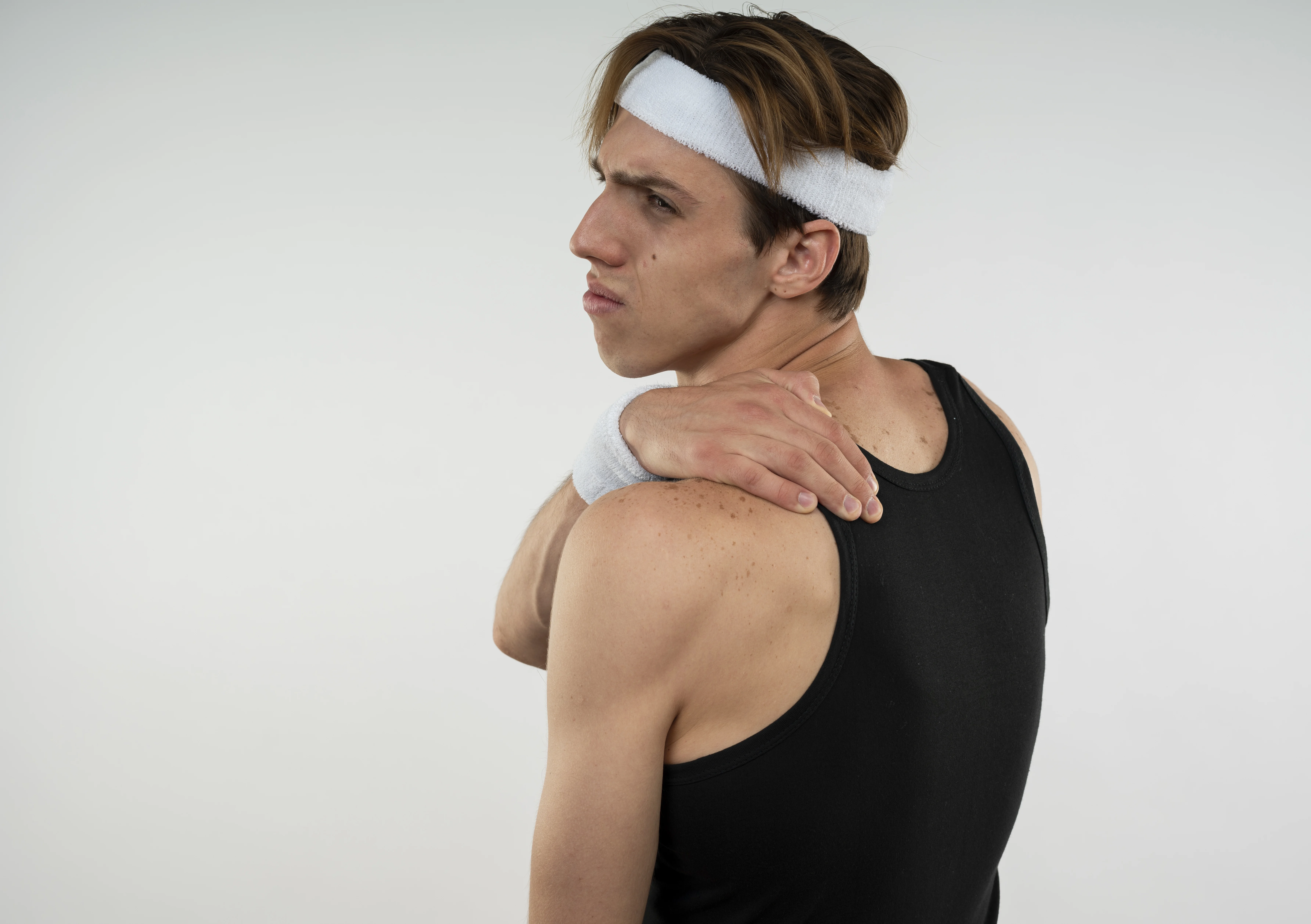Common Knee Injuries In Athletes And How To Recover
Category: Orthopedics
For athletes, knee injuries are a common concern, often affecting performance and overall quality of life. At Lokmanya Hospitals, we specialize in advanced care to help you get back on your feet—literally. This article explores the most frequent knee injuries in athletes and provides recovery strategies to support your journey toward full mobility.
1. Understanding Common Knee Injuries
a. ACL Injuries
The anterior cruciate ligament (ACL) is crucial for stabilizing the knee during movements like jumping and pivoting. Injuries to the ACL often occur during sudden changes in direction or high-impact landings.
Symptoms:
- Severe pain
- Swelling
- Difficulty bearing weight
b. Meniscus Tears
The meniscus acts as a cushion between the thigh bone and shinbone. Tears often happen during twisting movements or heavy lifting.
Symptoms:
- Swelling and stiffness
- Locking or catching sensation in the knee
- Limited range of motion
c. Patellar Tendinitis (Jumper’s Knee)
Repetitive stress on the knee can inflame the patellar tendon, a condition common in basketball, volleyball, and running.
Symptoms:
- Pain below the kneecap
- Stiffness in the knee after activity
- Tenderness in the affected area
d. Runner’s Knee (Patellofemoral Pain Syndrome)
Excessive use or misalignment can irritate the cartilage under the kneecap, resulting in chronic pain.
Symptoms:
- Dull, aching pain around the kneecap
- Pain during climbing stairs or squatting
2. Steps to Recovery
a. Accurate Diagnosis
Early and precise diagnosis is critical. At Lokmanya Hospitals, advanced imaging techniques like MRI and X-rays help pinpoint the exact issue.
b. Physical Therapy
Rehabilitation is often the cornerstone of recovery. Guided exercises strengthen the muscles around the knee, improve flexibility, and restore balance. Our physiotherapy department offers tailored programs for each injury type.
c. Rest and Immobilization
Depending on the severity, rest may be combined with the use of braces or splints to stabilize the knee and prevent further damage.
d. Minimally Invasive Surgery
For severe cases like ACL tears or complex meniscus injuries, minimally invasive arthroscopic surgery may be required. Lokmanya Hospitals’ expert surgeons ensure precise interventions with faster recovery times.
e. Pain Management
Modern pain management strategies, including medication and cold therapy, help reduce discomfort and promote healing.
3. Preventing Knee Injuries
a. Strengthening Exercises
Focusing on quadriceps, hamstrings, and glutes can provide better knee support.
b. Proper Warm-Up and Cool-Down
Dynamic stretches before exercise and static stretches afterward can enhance flexibility and reduce injury risk.
c. Wearing the Right Gear
Invest in appropriate footwear and, if necessary, knee braces to ensure proper alignment and support.
d. Listening to Your Body
Avoid overtraining and take rest days seriously to allow your body to recover.
Why Lokmanya Hospitals?
At Lokmanya Hospitals, we combine cutting-edge technology and personalized care to offer comprehensive solutions for knee injuries. From initial diagnosis to rehabilitation, our multidisciplinary team ensures you’re supported every step of the way.
If you or someone you know is dealing with a knee injury, don’t wait. Visit Lokmanya Hospitals today and take the first step toward a pain-free life.
Conclusion
Knee injuries are a common concern among athletes, but with proper care, preventive measures, and timely medical attention, recovery is possible. By understanding the types of injuries, their causes, and treatment options, athletes can work toward regaining strength, mobility, and confidence. Lokmanya Hospitals, with its specialized orthopedic care and rehabilitation programs, ensures that athletes receive the best support for a swift and effective recovery, helping them get back to their game stronger than ever.
FAQs
1. What are the most common knee injuries in athletes?
The most common knee injuries include ACL tears, meniscus tears, patellar tendinitis, and ligament sprains. These injuries can vary in severity and often result from overuse, impact, or improper movement.
2. How can athletes prevent knee injuries?
Athletes can prevent knee injuries by incorporating strength training, stretching, proper warm-ups, and using the correct techniques during activities. Wearing appropriate footwear and maintaining good posture are also essential.
3. How long does it take to recover from a knee injury?
Recovery time depends on the severity of the injury. Minor injuries, like sprains, may heal in a few weeks, while severe injuries, such as ACL tears, could take six months or more with proper rehabilitation.
4. When should I see a doctor for a knee injury?
You should consult a doctor if you experience severe pain, swelling, instability, difficulty bearing weight, or if the knee injury does not improve with rest and basic care within a few days.
5. What treatments are available for knee injuries?
Treatments range from rest, ice, compression, and elevation (RICE) for minor injuries to physical therapy, medication, and in some cases, surgical intervention for more severe conditions.
6. Can I return to sports after a knee injury?
Yes, most athletes can return to sports after a knee injury with proper rehabilitation and clearance from a medical professional. Lokmanya Hospitals offer tailored rehabilitation programs to ensure safe recovery and optimal performance.
7. What makes Lokmanya Hospitals a good choice for treating knee injuries?
Lokmanya Hospitals provide expert orthopedic care, advanced diagnostic tools, and personalized rehabilitation plans, ensuring athletes receive the best treatment for a full recovery and return to their sport.

Previous blog

How To Prevent Re-Injury During Recovery
Next blog





